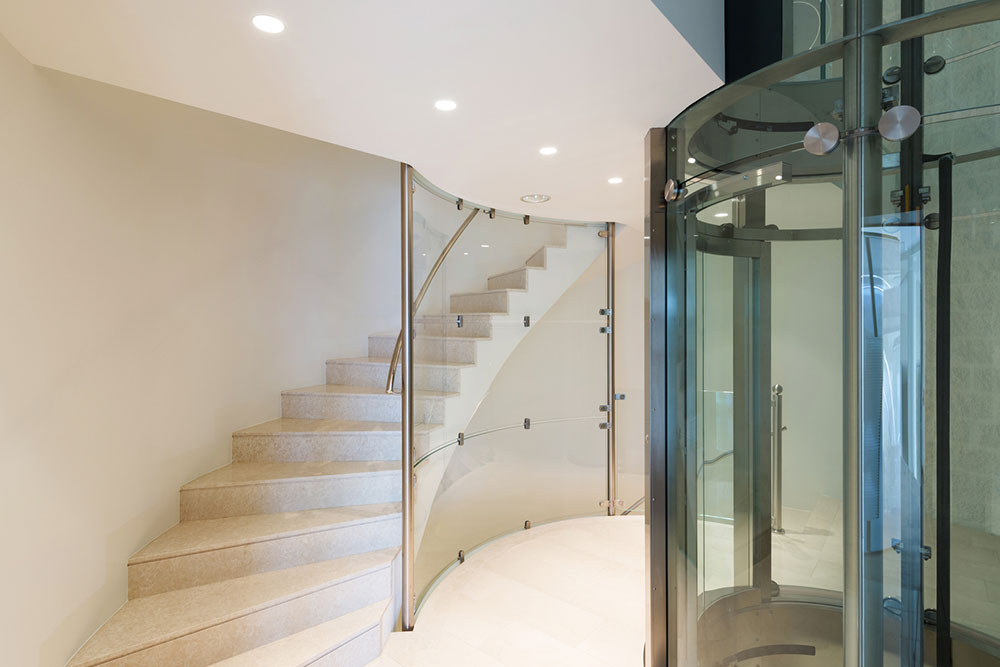3 types of home elevators
Home elevators are gaining importance and becoming a more practical addition to one’s house. There are budget-friendly elevators made specifically for homes, and therefore, the cost is no longer a hassle. From being functional to making a style statement, home elevators are being adopted by most homeowners. It is best to research and learn about the various types of elevators and their features to understand which would suit one’s needs the best.

Roped hydraulic home elevators
Combining the benefits of both hydraulic systems and the roped systems, roped hydraulic home elevators work on the basis of a hydraulic pump. This pump is connected to a pulley. These elevators are a great option for homes because, in most of the cases, they do not require a separate machine box. Although these elevators do need a separate space for the related machinery, the pipes can be used in the same manner as a plumber runs the lines in the house. Most importantly, this means that you do not need supporting machinery for the elevators and therefore the machinery can be placed anywhere convenient for you.
Winding drum and counterweight chain drive elevators
This type of home elevators works on age-old designs and are based on the mechanism of revolving winch and counterweight. Most homeowners prefer to go with the winding drum and counterweight chain drive home elevators systems because the footprint of the elevator is comparatively smaller than the other elevator systems and the motor and drum can be placed either on the top or bottom of the hoistway. Moreover, these elevators are a budget-friendly option as compared to the roped elevator systems.
Pneumatic vacuum elevators
Also known as PVE home elevators, this is the latest innovation in the elevator design systems. These do not require pistons, cables, or chains and use the hoistway in the lifting process. Comprising of a tube-shaped cab and hoistway, the pneumatic vacuum elevator system uses parts that are perfectly fitting to one another. This is important to keep the right pressure. The lifting action takes place when there is a reduced pressure above the cab. Moreover, when the lift descends, the pressure is released by a control valve, which also creates a pad of air beneath the lift. Also, the pneumatic vacuum home elevators conserve energy as only the lifting action requires energy as compared to other elevators that use energy for both lifting and descending.















